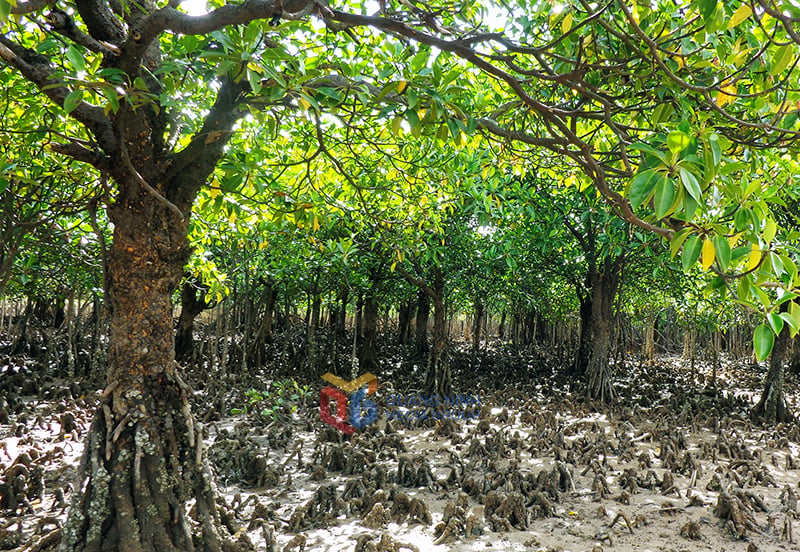
First of all, the province has strengthened the work of marine spatial planning. Up to now, Quang Ninh has completed the zoning of marine space integrated into the Provincial Planning, clearly identifying priority areas for economic development associated with the conservation of areas of high ecological value such as Ha Long Bay, Bai Tu Long National Park and Co To - Dao Tran Marine Protected Area, Dong Rui Wetland Protected Area (Hai Lang commune), establishing biodiversity corridors to enhance connectivity, stabilize habitats to adapt to climate change, conserve and sustainably develop biodiversity resources. This zoning not only directs investment activities to suitable areas but also serves as a legal basis to prevent illegal land reclamation and alteration of water edges and protect coastal ecological corridors.
In addition, the province also plans and implements marine conservation areas, with 3 marine conservation areas with a total area of up to 38,575 hectares and 13 aquatic resource protection areas of about 3,440 hectares to conserve biodiversity, restore resources and create safe areas to help the ecosystem regenerate. Every year, Quang Ninh releases about 6-7 million fingerlings, combining with the implementation of sustainable exploitation models and community-based fisheries management.
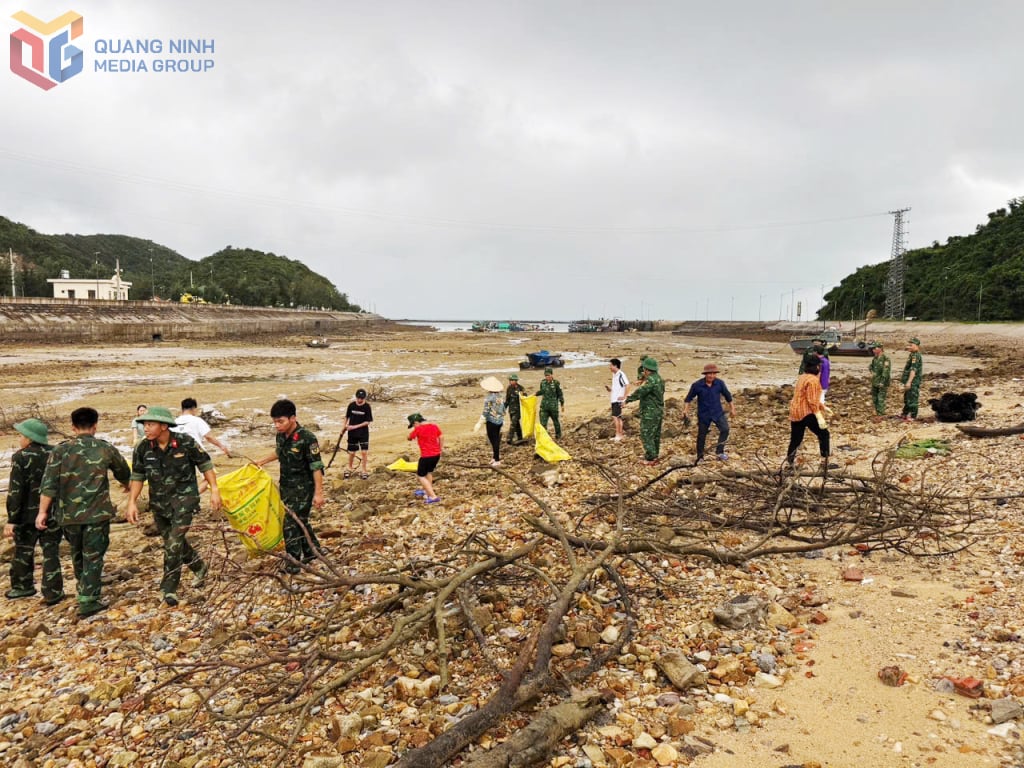
From coastal protection corridors to handing over sea surface for aquaculture activities are also strictly implemented. The province has completed planning 45,146 hectares of water surface for aquaculture development; issued regulations on management of coastal protection corridors. Up to now, 3,287 hectares of sea surface have been handed over for aquaculture. The province has also planned 29,717.18 hectares of tidal flats for farming native species such as: Mussels, sea worms, clams, crabs. This helps balance between aquaculture development and environmental protection, while creating a corridor to control activities in coastal areas.
Along with that, the province also focuses on monitoring and controlling waste sources. The environmental monitoring system has been expanded. Currently, the province operates hundreds of monitoring points, including a network of 390 monitoring points in sensitive areas and a system of 171 automatic environmental monitoring stations to control water quality and waste sources. Regular and surprise inspections have been strengthened to promptly detect and handle violations of the marine environment; strengthen activities to protect aquatic resources, strictly handle violations in the fisheries sector, especially for fishing vessels violating illegal, unreported and unregulated (IUU) fishing.
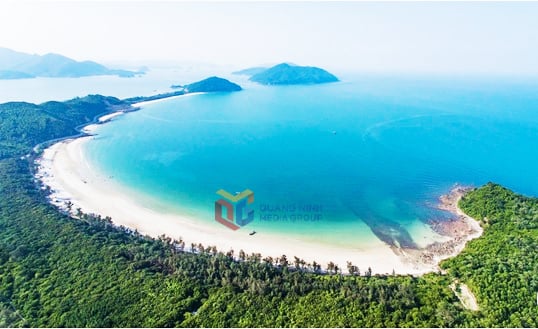
Solutions to reduce plastic waste and manage solid waste have also been promoted by localities in the area. Quang Ninh has implemented models such as "Ha Long Bay - No plastic waste", "Co To - No plastic waste"... contributing to completing 3/6 targets of the National Plan for ocean plastic waste management by 2030 ahead of schedule. The province also promotes waste classification at source, develops solid waste treatment infrastructure with 19 incinerators and 3 regional treatment areas, aiming to increase the collection and recycling rate and reduce waste discharged into the sea.
Technology, science and policy mechanisms are also focused on to create leverage for measures to protect the marine environment. The province promotes the application of technology in monitoring, waste treatment and circular economic development; at the same time, it builds local technical standards suitable to actual conditions (such as buoy materials in aquaculture) and improves the quality of environmental appraisal and licensing to ensure that development projects are in accordance with planning and do not cause damage to the marine ecosystem.
With diverse solutions from master planning, sensitive area conservation, environmental monitoring, aquaculture management and waste treatment, to community mobilization and science application... that Quang Ninh has deployed and implemented in recent times, it has created a linking strategy, both protecting the marine ecosystem and creating conditions for sustainable marine economic development in the area.
Source: https://baoquangninh.vn/bao-ve-moi-truong-bien-ben-vung-3378091.html





![[Photo] Keep your warehouse safe in all situations](https://vphoto.vietnam.vn/thumb/1200x675/vietnam/resource/IMAGE/2025/10/1/3eb4eceafe68497989865e7faa4e4d0e)


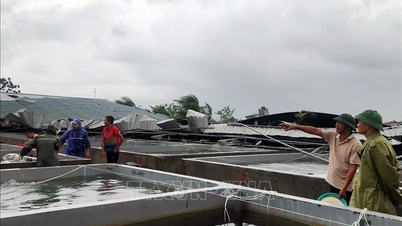

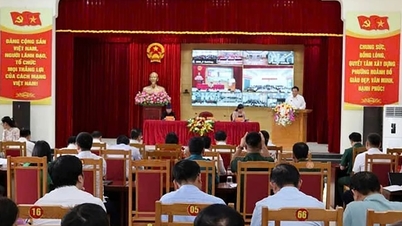




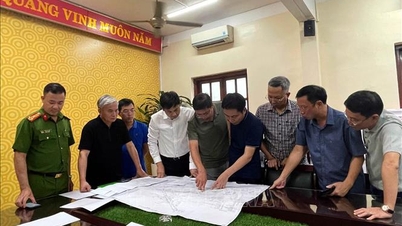
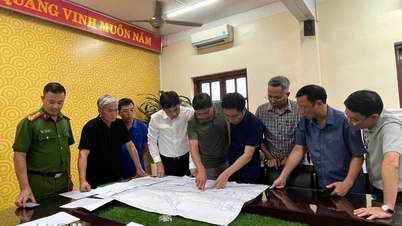

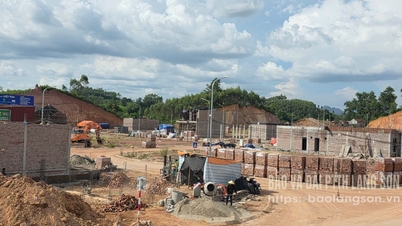



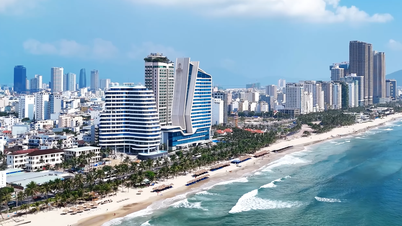

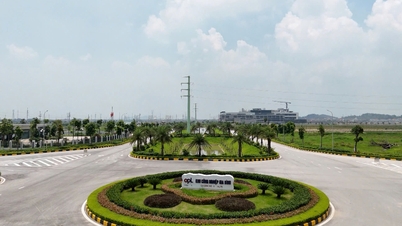

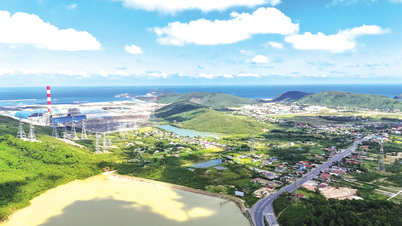






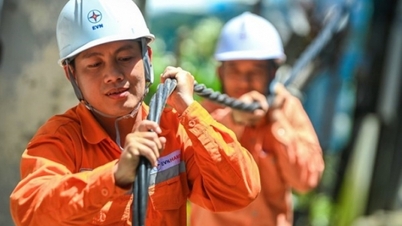
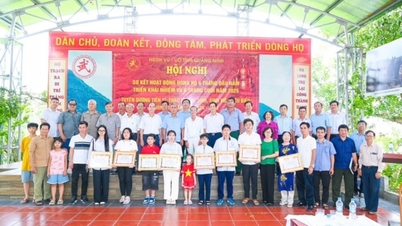

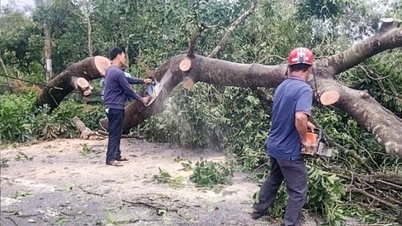

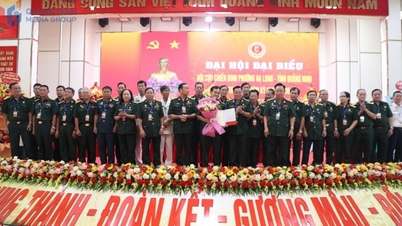

![[Photo] President of the Cuban National Assembly visits President Ho Chi Minh's Mausoleum](https://vphoto.vietnam.vn/thumb/1200x675/vietnam/resource/IMAGE/2025/10/1/39f1142310fc4dae9e3de4fcc9ac2ed0)























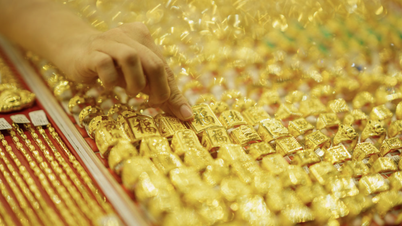
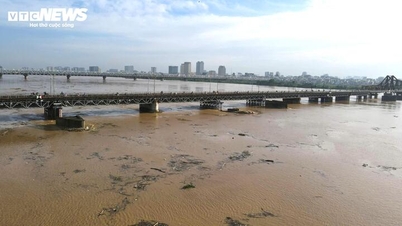


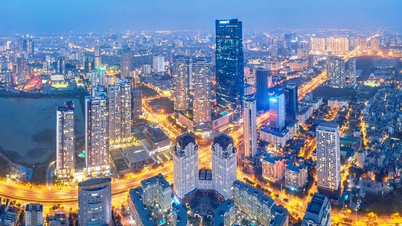
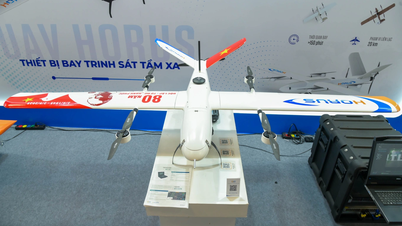












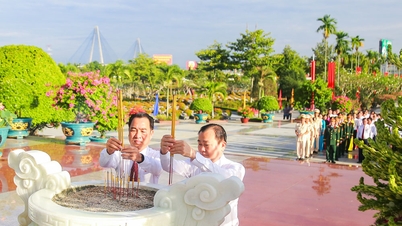




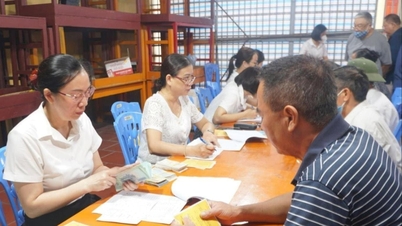














Comment (0)